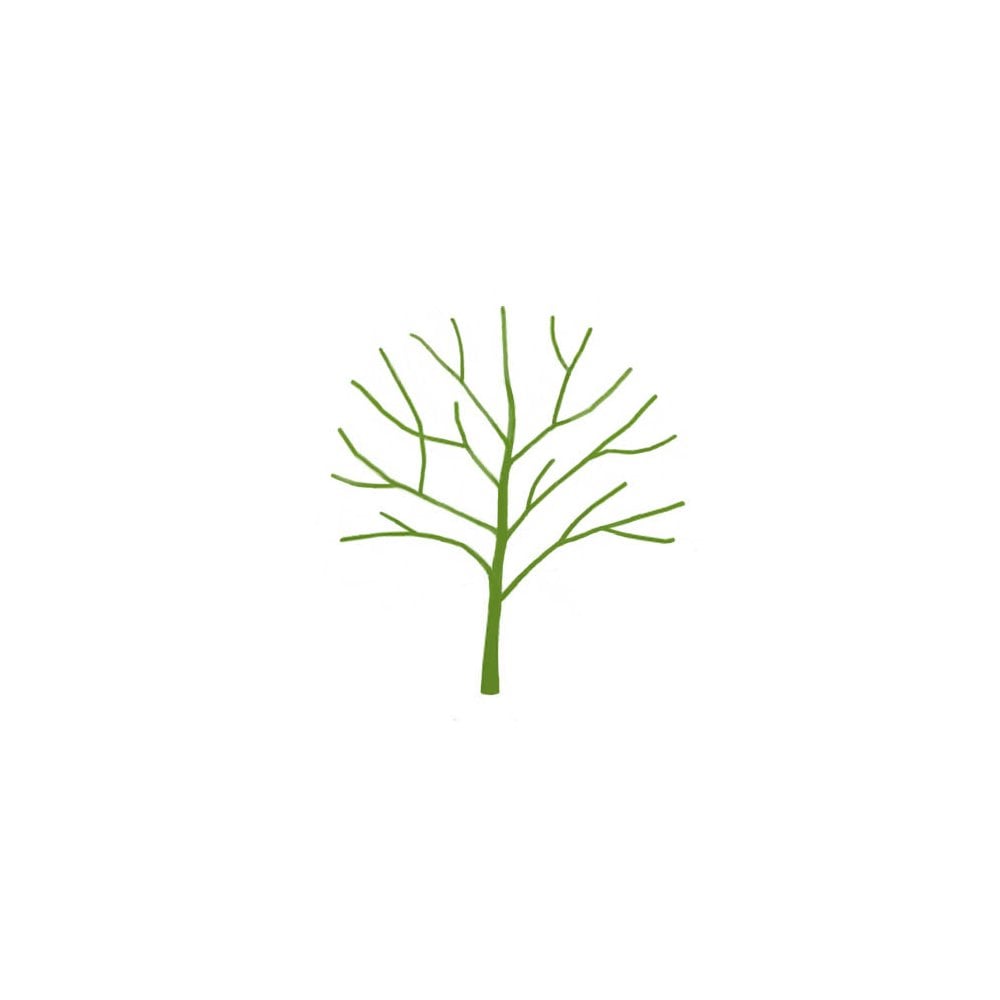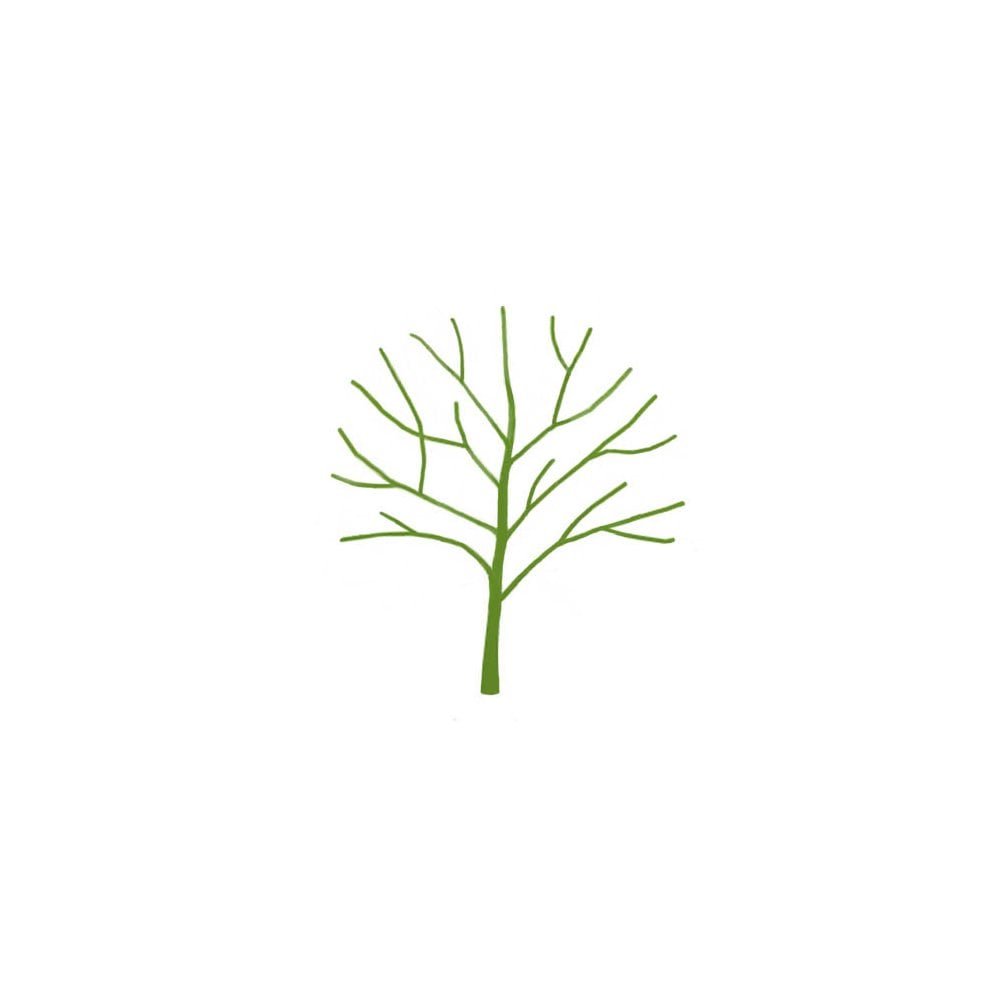Old Green Gage - Plum or Gage Tree
Old Green Gage - Plum or Gage Tree
Eating Gage Trees

Old Green Gage
Eating Gage Trees



Key features





Description
A traditional favourite, Old Greengage was derived from the Middle Ages and is popular for its classic gage flavour. Although the fruits are relatively small, the sweet flavour is wonderful and a benchmark to other varieties.
The gages are produced from early August and are greenish yellow when ripe. Old Greengage is self fertile and doesn't require a pollination partner, although a suitable partner will give the crop a boost.
Prunus domestica 'Old English Greengage' is thought to have originated in the Middle Ages.
| Small shrubs (1-3) | Young trees & 4+ small shrubs | Select semi-mature trees & shrubs (1-4) | All other mature trees (any quantity) | |
|---|---|---|---|---|
| Mainland UK ex. Scottish Highlands | £10 | £12 | £35 | from £55 |
| Scottish Highlands & the Islands | From £30 | |||
| Outside Mainland UK | Currently we are unable to deliver outside of Mainland UK | |||
Product Details
Key features





Description
A traditional favourite, Old Greengage was derived from the Middle Ages and is popular for its classic gage flavour. Although the fruits are relatively small, the sweet flavour is wonderful and a benchmark to other...
A traditional favourite, Old Greengage was derived from the Middle Ages and is popular for its classic gage flavour. Although the fruits are relatively small, the sweet flavour is wonderful and a benchmark to other varieties.
The gages are produced from early August and are greenish yellow when ripe. Old Greengage is self fertile and doesn't require a pollination partner, although a suitable partner will give the crop a boost.
Prunus domestica 'Old English Greengage' is thought to have originated in the Middle Ages.
Planting & Care
Delivery Information
| Small shrubs (1-3) | Young trees & 4+ small shrubs | Select semi-mature trees & shrubs (1-4) | All other mature trees (any quantity) | |
|---|---|---|---|---|
| Mainland UK ex. Scottish Highlands | £10 | £12 | £35 | from £55 |
| Scottish Highlands & the Islands | From £30 | |||
| Outside Mainland UK | Currently we are unable to deliver outside of Mainland UK | |||
MORE TO GROW YOUR GARDEN




















